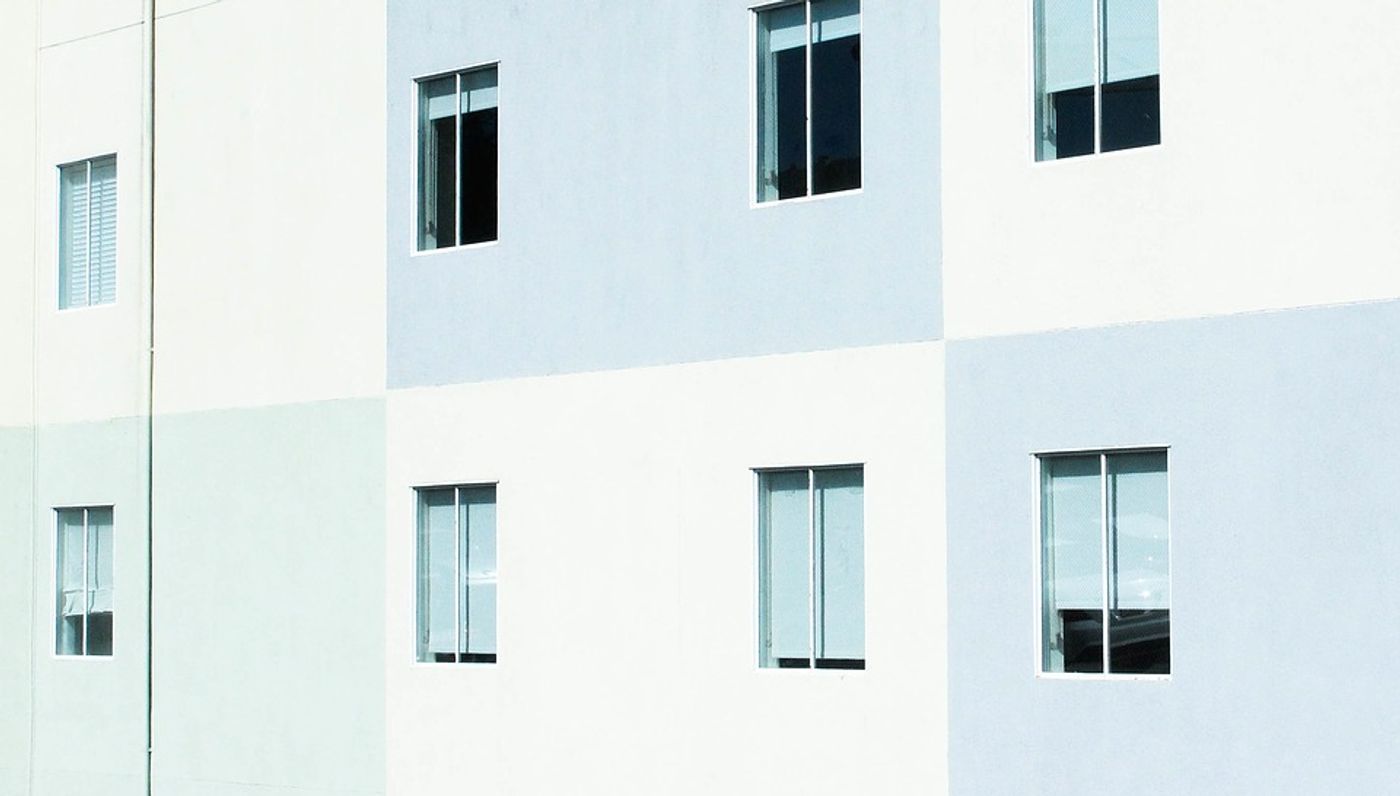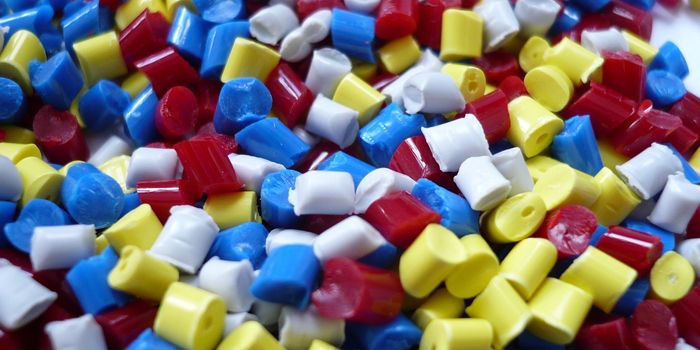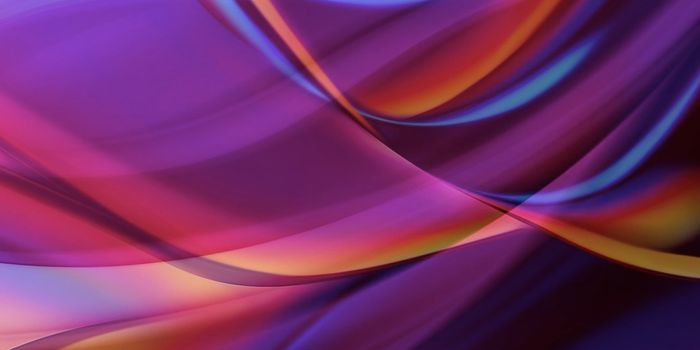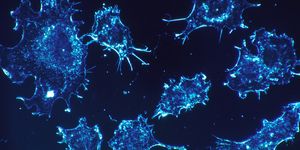Smart windows change color to reflect external humidity
New research published in the journal Advanced Optical Materials highlights an innovative technology that signals for windows to change colors depending on the amount of moisture in the air outside. The technology builds off of the existing innovation of smart windows that change color depending on the intensity of the sun’s rays, allowing for reduced energy bills.
Developed by a Korean research team, the technology consists of a variable color filter that is composed of a metal-hydrogel-metal resonator structure using chitosan-based hydrogel. As an added benefit, it does not require electricity to run and instead uses solar cells.
Professors Junsuk Rho, Jaehyuck Jang and Aizhan Ismukhanova at POSTECH, and Professor Inkyu Park at KAIST spearheaded the project. They relied heavily on the resonance phenomena Fabri-Pero interference, adapting it to be more effective in real-time with the addition of the chitosan hydrogel.
As the authors explain in their paper, “The chitosan swells in response to changes in relative humidity; this change affects the transmissive structural color of the multilayer structure. This tunable resonator is utilized for a humidity sensor combined with a photovoltaic cell. The change in current through the photovoltaic cell provides rapid precise measurement of relative humidity, and the change in color of the multilayer provides an approximate, remotely‐readable estimate. The response requires no power, so the device has numerous sensing applications.”
The resulting humidity sensor responds correspondingly to resonance wavelength and is functional with any type of light, be it natural, LED or indoor. As an added bonus, it also is capable of predicting humidity based on the filter's color.
Professor Junsuk Rho commented, "This technology is a sensing technology that can be used in places like nuclear power reactors where people and electricity cannot reach." He added, "It will create even greater synergy if combined with IoT technology such as humidity sensors that activate or smart windows that change colors according to the level of external humidity."
Sources: Advanced Optical Materials, Eureka Alert









